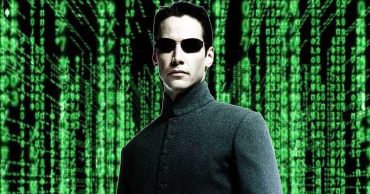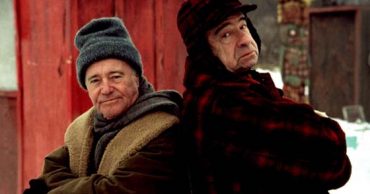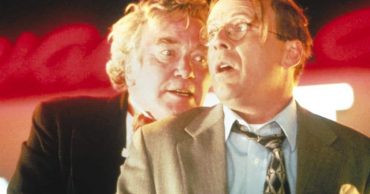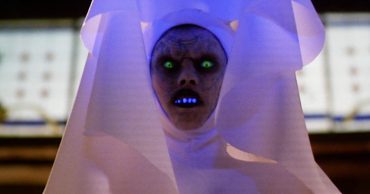The premise of Clint Eastwood’s Juror #2 presents a moral dilemma that probes the essence and concept of justice. The legal drama starring Nicholas Hoult, Toni Collette, and J.K. Simmons follows Justin Kemp (Hoult), a recovering alcoholic roped into a high-profile murder trial that threatens his freedom. While serving as a juror, Justin learns he’s responsible for Kendall Carter’s (Francesca Eastwood) death, for which her boyfriend is standing trial.
He nudges the jury towards a not-guilty verdict but as the truth begins to emerge, Justin must choose between ruining his life and letting a criminal take the fall for a crime he didn’t commit. Released to positive reviews and ratings, the legal thriller offers a social commentary on the justice system in a manner that resonates with viewers, leaving them to conclude how the story ends. Here’s a deconstruction of Juror #2’s ending.
What Happened In Juror #2’s Ending?
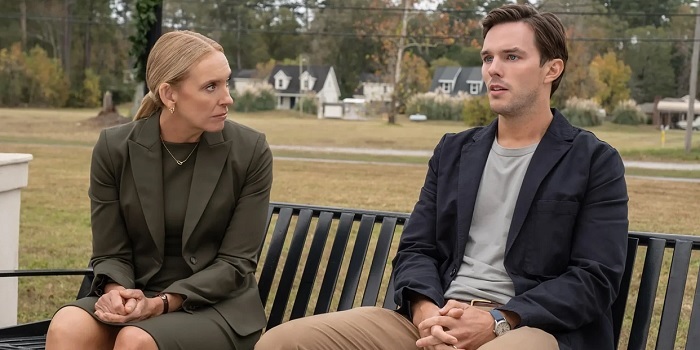
The legal drama’s cliffhanger ending is open to multiple interpretations and possibilities. After the jury labored to reach a unanimous verdict, James Michael Sythe (Gabriel Basso) was found guilty of count one malice murder. He was subsequently sentenced to life in prison without the possibility of parole. Witnessing the sentencing, Justin is visibly shaken about James taking the fall for a murder he’s come to realize he committed.
Nonetheless, he’s resolved not to jeopardize his life with the truth, rationalizing it’s better to keep a criminal away from society than destroy a good man caught up in unfortunate circumstances. In the courtroom, the prosecutor Faith Killebrew (Toni Collette) spots a distraught Justin and deduces he’s responsible for Kendall’s death. Her chat with him outside the courtroom confirms this, especially when she said: “Sometimes you try to do the right thing only to realize you got it all wrong. When you figure things out, you realize the guy you are after isn’t some psycho. He’s not even really a criminal…”
During their small chat, Justin tried to convince the prosecutor to trust his character, arguing that justice is not always in the best interest of society. “…The press will eat you alive, a criminal goes back on the street, and a good man and his family will be destroyed,” he told the prosecutor. But right before the credits roll in, Faith, who’s struggling with the outcome of the murder case, visits Justin while he’s spending time with his family. This leaves what happened next up to the audience to decide.
What Faith’s Visit Means For Justin
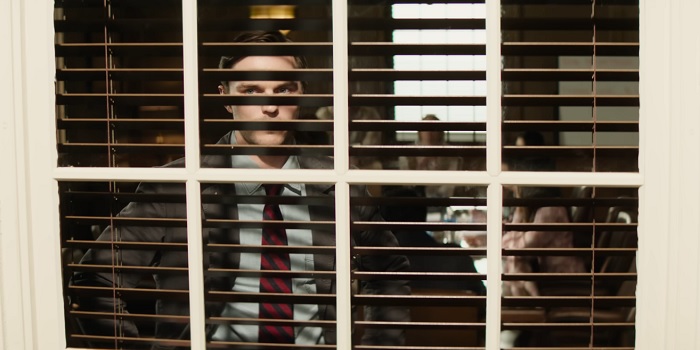
With Faith’s emergence as the new district attorney, she is in a better position to facilitate a revisiting of Kendall Carter’s murder case for an outcome that wouldn’t have James spend the rest of his life behind bars. And at the same time, ensure that Justin’s life isn’t destroyed for a murder he didn’t know he committed. Admittedly, this seems impossible to achieve. But it presents Faith with a daunting challenge, an opportunity to prove she’s suitable for her new position — that she can uphold the criminal justice system’s integrity without compromising its moral backbone.
So, visiting Justin could be her first step towards striking a balance between justice and what’s ethical and morally fair. This way, Justin gets to unburden himself and take responsibility for his unintentional murder of Kendall. Similarly, Faith wouldn’t have to turn a blind eye to a wrongful conviction. Her visit allows her to weigh what’s at stake for Justin if she’s to go after him. But then again, there’s no justice in letting James spend the rest of his days in prison. The logical course of action would revolve around finding a legal route that holds Justin accountable without destroying his life.
Exploring Juror #2’s Alternative Endings
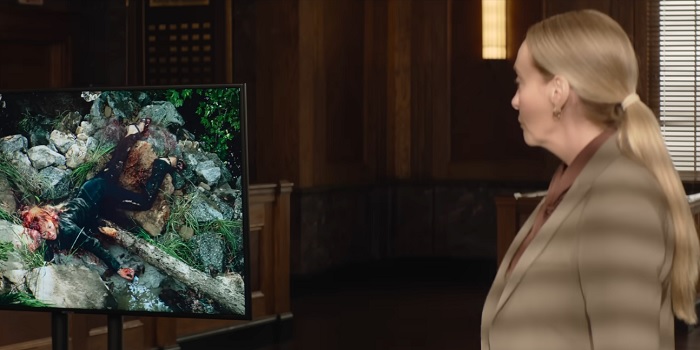
If anything is certain about Juror 2’s ending, it’s Faith’s dissatisfaction with James’ conviction. Although the movie didn’t spell out her next move, the last scene hints at her resolve to pursue a better outcome. Even the lead actors, Hoult and Collette, think so. “This woman’s dedicated her entire life to justice and doing the right thing… there’s so much at stake for her, there’s actually a lot that will be compromised and she may lose a lot, but she still has to do the right thing. That’s just an innate part of her,” Collette told Entertainment Weekly.
Agreeing with his costar, Hoult divulged that they shot multiple endings for the legal drama. “We did a couple of different versions,” he said. Apart from the ending everyone saw, they filmed one where Faith visits Justin with police officers standing beside her and another with police cars behind her. Eastwood eventually settled for the most mysterious ending. The English actor added that mysterious endings “work better because the audience can then sit there and be like, ‘Okay, what’s going to happen next? And what is the right thing to happen next?'”
If any of the endings depicting Faith with the police had made the final cut, it would have suggested that the DA is only interested in pursuing the truth. But opting for an ending where she visits alone, it seems the filmmaker wants viewers to arrive at a conclusion that’s not fixated on Faith holding Justin responsible for Kendall’s death. She wants to hold him accountable, but not to the extent of destroying his life. Check out good reasons why Carry-On isn’t your typical Christmas movie.
 Follow Us
Follow Us
